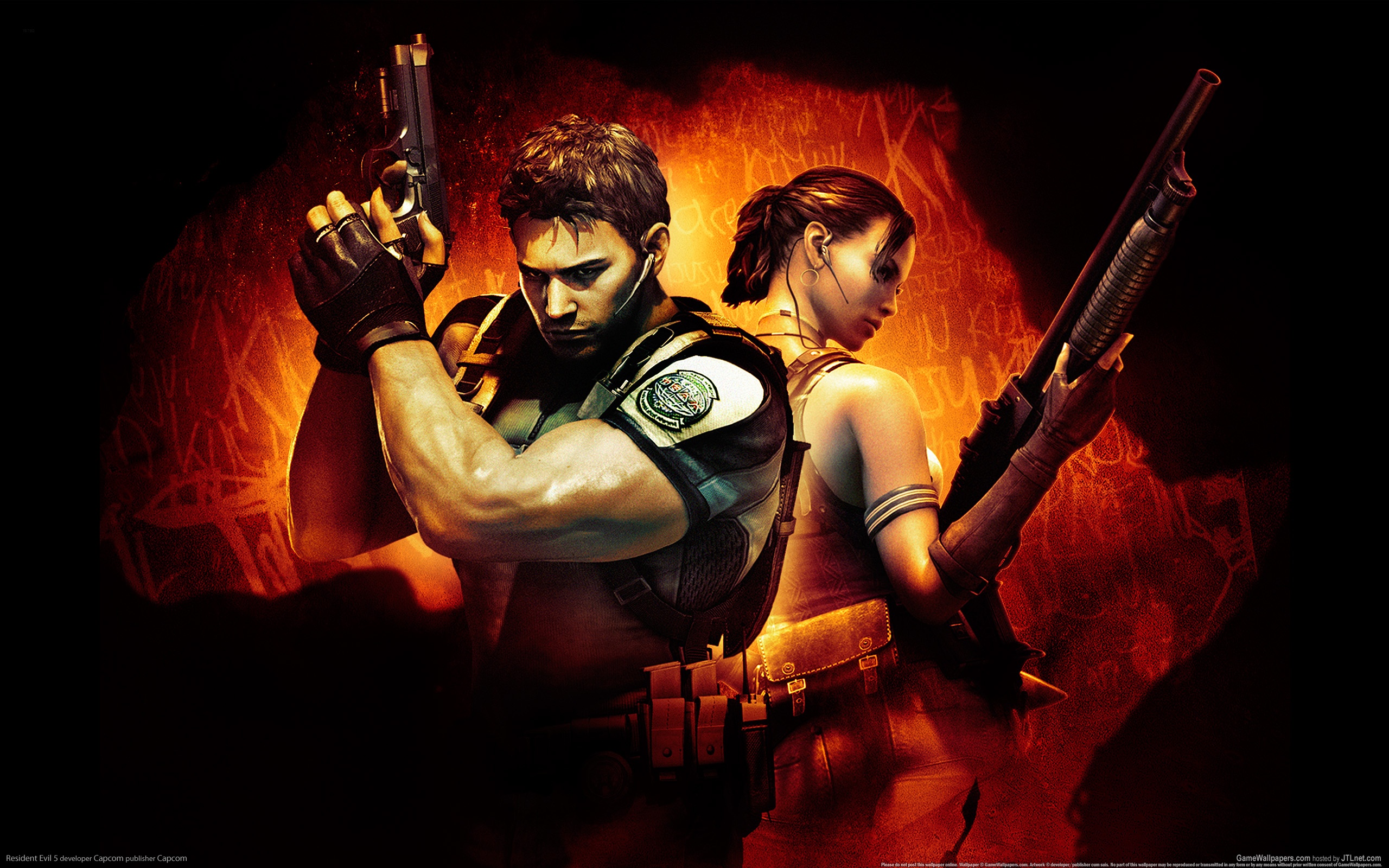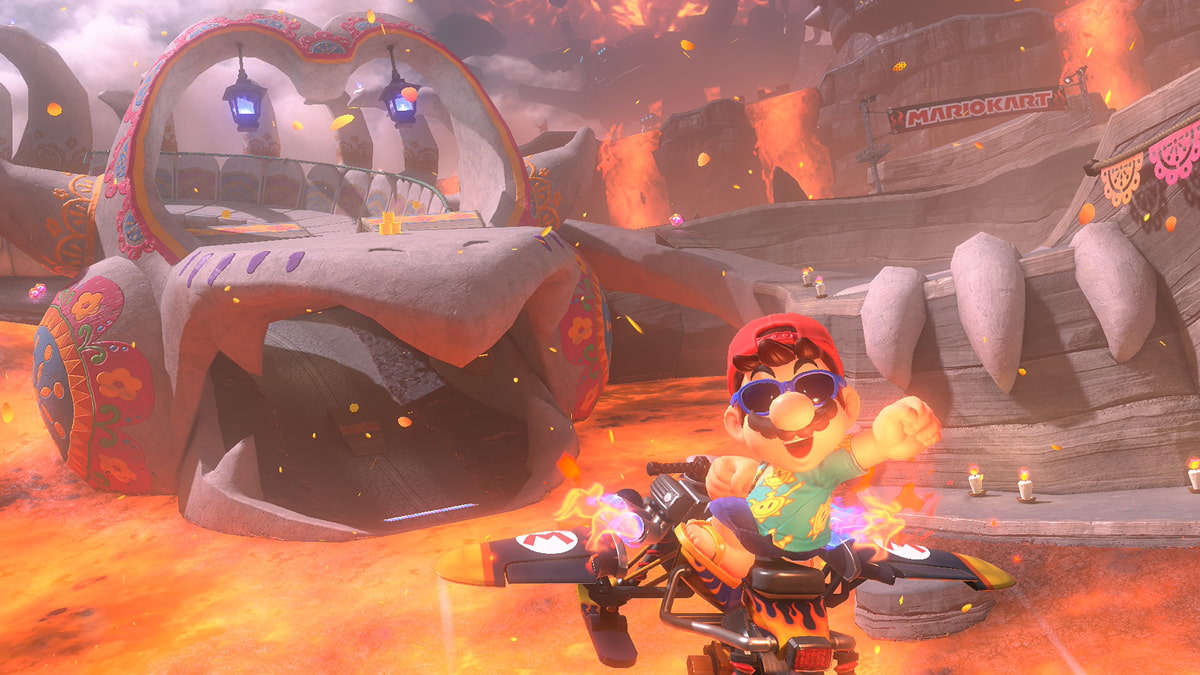You can trust VideoGamer. Our team of gaming experts spend hours testing and reviewing the latest games, to ensure you're reading the most comprehensive guide possible. Rest assured, all imagery and advice is unique and original. Check out how we test and review games here
Turning what is a slow, lumbering, deliberately restrictive control scheme into the basis for a four-player multiplayer mode can’t be easy, but this was the problem faced by the Resident Evil 5 dev team at Capcom. Without the ability to move and shoot, the conventional multiplayer shooter mechanics have had to be thrown out the window, leaving what can only be described as an acquired taste. While this Versus game mode is by no means a complete failure, it’s not likely to gain the same strong following achieved by more traditional shooters.
Versus is split into two different game types: Slayers and Survivors. These are playable with a maximum of four players and can be every man for himself or teams of two. Characters and maps are taken directly from the unlockable Mercenaries mode, meaning you’ve got eight maps (accessible no matter if you’ve unlocked them or not) and a selection of characters – sadly these are only accessible if you’ve unlocked them, so newcomers will be limited to Chris and Sheva.
Slayers tasks you or your team with killing as many enemies as possible, with those primarily being the Majini that you fought during the campaign. Points are awarded depending on the enemy type. For example, a standard town Majini will earn you 300 points, a Kipepeo will add 700 to your total and a chainsaw Majini will rack up a massive 7000 points. There’s a benefit to killing other players too, with 1000 points being awarded to the attacker, while the defeated player loses 1000 points.
The idea is to build up a combo by killing enemies in succession, with the overall goal being to simply score more points than the other players. The player in last is given an automatic multiplier of 1.5 in order to give them a fighting chance of getting back into every game, time pick-ups extend the length of a round and in-game currency points are dished out once it’s all over, with the amount corresponding to how well you did.
Survivors essentially switches the focus from killing Majini to killing other players, or simply damaging them – in fact, killing the interfering Majini will do nothing to your score at all. To make it more than just a ‘who kills most wins’ game type, once again it’s score based, with points being awarded for causing damage and for kills. The twist is that the points you earn are dependent on the weapon you use.
Knifing someone and damaging them will get you 100 points, a successful shot with a magnum will net you 1500 and inflicting pain with a rotten egg will score you a massive 2980 points. Headshots are also worth going for, causing more damage and giving you a 1.5 score multiplier.
Defeating a player (no matter which weapon you’re using) will earn you 3000 points, but defeating them with hand to hand combat will reward you with a massive 4500 points. As in Slayers, you lose 1000 points if you die, but quite harshly you lose 50 points for simply taking damage. In both game modes you start out with the default load out for your chosen character, but better weapons can be picked up during a round – in Survivors the better weapons are dropped by defeating the strong enemies roaming the map.
While each of these modes is decent fun when playing alone, they’re far better when played as teams of two. The various scoring options, combos and weapons all make for a fairly unique multiplayer mode, but the problems stem from the core gameplay mechanics. Having already played the single-player game for well in excess of 25 hours and sunk a good chunk of time into the multiplayer, it just doesn’t feel natural. Instances where players end up stood feet from each other, blasting one another with shotguns, didn’t happen as often as we assumed they would, with the norm being more or less the opposite. As soon as someone sees you they tend to run away, leaving the other player to either stand still and try to hit from range or start a pursuit. We don’t have a problem with the controls during the campaign as you’re facing off against enemies designed around this control system, but in multiplayer it’s more than a little odd.
In terms of whether or not Versus is worth its price tag, the content on offer probably is, but the enjoyment you get will vary from person to person – simply enjoying the campaign isn’t enough to have a good time with the multiplayer. If the idea of a more tactical, score-based shooter sounds appealing it’s definitely worth a go, but if you’re thinking it’s going to be anything like Call of Duty with zombies, stay well clear.
Resident Evil 5
- Platform(s): Nintendo Switch, PC, PlayStation 3, PlayStation 4, Xbox 360, Xbox One
- Genre(s): Action, Shooter, Survival Horror

/https://oimg.videogamer.com/images/4667/resident_evil_5_159.jpg)






